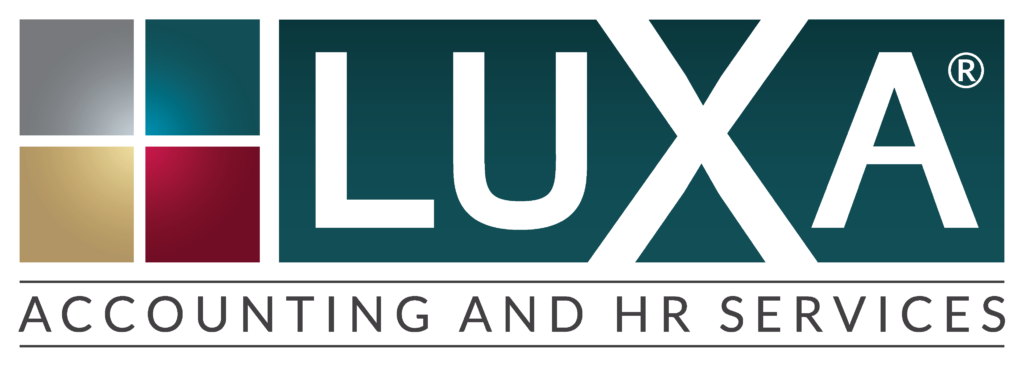For the first time in 33 years, the IRS has changed the W-4 form. In 1987, the form was redesigned to comply with the Tax Reform Act of 1986. Today’s redesign is to comply with the federal tax code changes based on the Tax Cuts and Jobs Act of 2017. The redesigned form lets employees incorporate income from multiple sources onto one W-4. It must be used for all employees receiving their first pay in 2020.
Existing employees — anyone who received a paycheck before 2020 — do not need to complete a new W-4. However, it is always a good idea to have employees review their W-4s at the start of each year.
Pre- and Post-2020 W-4 Forms
The primary difference between the two forms is the removal of withholding allowances. The old W-4 was entitled the Employee’s Withholding Allowance Certificate. Since the 2018 tax law eliminated personal exemptions, allowances are no longer required. The 2020 form is now the Employee’s Withholding Certificate. The 2020 form divides the W-4 into five steps, which makes it much easier to follow than the older forms. It separates the W-4 into the following steps:
- Personal Information
- Multiple Jobs or Working Spouse
- Number of Dependents
- Additional Income
- Signature
In 2020, employees are asked to complete steps one through three, if applicable. Prior to 2020, employees were not required to include income from multiple jobs or from a working spouse in calculating their tax liability. Since employees often ask their employers about how to complete a W-4, let’s look at what the new W-4 includes.
Step 1: Personal Information
All employees must complete the first section. The information identifies the individual to an employer and, ultimately, the IRS. The personal data includes full name, social security, and filing status. If an employee fails to complete a W-4, the employer is required to calculate withholding as a single filer. If Steps 2, 3, and 4 do not apply to employees, they can skip to Step 5.
Step 2: Multiple Jobs in One Household
Calculating the tax liability for a single individual with multiple jobs or a dual-income family has been a challenge for many taxpayers. The new W4 tries to help. The form requires that employees complete Step 2 if:
- They hold more than one job at a time.
- They are married filing jointly with a working spouse.
To calculate the tax liability, the IRS recommends using one of the following methods. It is suggested that only one calculation method be used.
- Use the estimator at www.irs.gov/W4App
- Use the Multiple Jobs Worksheet included with the W-4
- Check a box if only income from two jobs is being reported.
The IRS indicated that the online estimator is the most accurate method for computing W-4 values. Performing the calculations using the worksheet can be accurate, provided no data entry or mathematical errors are made. The last option is the least accurate because it assumes that both jobs have similar pay.
For employers, the employee is instructed to divide the annual calculation by the number of pay periods for the highest paying job. It is this amount that should be entered on the form. Depending on how thorough the employee, the employer may need to calculate the per pay amount.
Step 3: Number of Dependents
After the 2017 changes went into effect, people making less than $200,000 qualify for a child tax credit. For married couples filing jointly, the qualification limit is $400,000 or less. Employees do not have to include the number of dependents when calculating their withholding. However, they should look at IRS Publication 972 – Child Tax Credit before claiming a tax credit.
According to the instructions, employees can enter other tax credits that they plan on taking if they want to reduce the amount of withholding. For employers, the values in Step 3 are annual, so you will have to divide the amount by the number of pay periods to determine how much to withhold per pay.
Step 4: Additional Income
Some employees may want to include other sources of income in their withholding calculations. All values in this section are per year. As the employer, you will need to find the per pay amount to withhold.
- Other Income. Income that is not subject to withholding such as retirement income or dividends.
- Other deductions. This line is for itemized deductions. It should not include standard deductions.
- Extra withholding. For employees who want additional money withheld from their check, they can enter the amount here.
Employers should check these entries carefully as the values may be entered as per year or per pay.
Step 5: Sign the form
Once complete, the W-4 should be signed and placed in a secure location. An employer is responsible for having a completed W-4 for each employee.
What an Employer Needs to Know
Of course, changes to the form mean changes to payroll. First, employers must support both the old and new W-4s. An employer cannot require employees to complete a new W-4; however, any changes to an old W-4 requires that a new W-4 be completed. An employer may request that all employees complete a 2020 W-4, but they must inform the employees that it is not mandatory.
Since some of the values on the W-4 can be entered per year rather than per pay, employers should check all newly submitted 2020 W-4s to make sure that the deductions are what the employee requested. Failure to withhold the requested amount may result in an employer having to cover the shortfall. If you’d rather be spending time running your business, contact LUXA Enterprises. Let us take care of payroll so you can take care of business.
